- Construction preparation
- tool preparation: Prepare suitable tools such as electric screwdrivers or manual screwdrivers, as well as self-tapping screws that match the installation of synthetic thatched tiles. The size, length and material of the self-tapping screws should be selected according to the specific installation requirements and the base material.
- Material preparation: Prepare the synthetic thatched tiles as required, and check whether the quantity and quality meet the requirements. At the same time, ensure that the surface of the installation base is flat, dry and clean, without defects such as cracks and bumps.
- Safety protection construction personnel should wear gloves, goggles and other protective equipment to prevent injuries during installation.
- Determine installation location
- according to the design requirements and construction drawings, determine the installation position and arrangement of synthetic thatch tiles on the surface of the base layer, and make marks. Generally speaking, the installation of synthetic thatched tiles starts from the eaves and proceeds from the bottom up.
- Pre-drilled holes (optional)
- for some hard base materials, such as cement board, metal plate, etc., in order to avoid the situation that the self-tapping screw is broken or difficult to screw in, you can use an electric drill and other tools to pre-drill the marked position. The diameter of the pre-drilled hole should be slightly smaller than the diameter of the self-tapping screw, and the depth should be moderate to ensure that the self-tapping screw can be firmly fixed on the base.
- Installation synthetic Thatch Tiles
- place the synthetic thatch tile in a determined position and press it gently with a hand or tool to make it fit closely with the surface of the base layer.
- Use a screwdriver to screw the self-tapping screws through the fixing holes of the synthetic thatch tiles into the base layer. Keep vertical when screwing in, avoid tilting, so as not to affect the fixing effect. The spacing of the self-tapping screws should be uniform, generally controlled at about 15 – 30cm. The specific spacing can be determined according to the size, weight and base material of the synthetic thatched tiles.
- In special parts such as roofs and eaves, it is necessary to cut and splice synthetic thatched tiles. Self-tapping screws should be used to strengthen and fix the splice to ensure firm connection.
- inspection and adjustment
- after the installation is completed, check the fixing of the synthetic thatched tiles to ensure that each thatched tile is firmly fixed on the base. If there is any loose or weak place, it should be adjusted or reinstalled in time.
- Check whether the arrangement of the synthetic thatch tiles is neat and beautiful. If there is any irregularity, appropriate adjustments can be made to make it meet the design requirements.


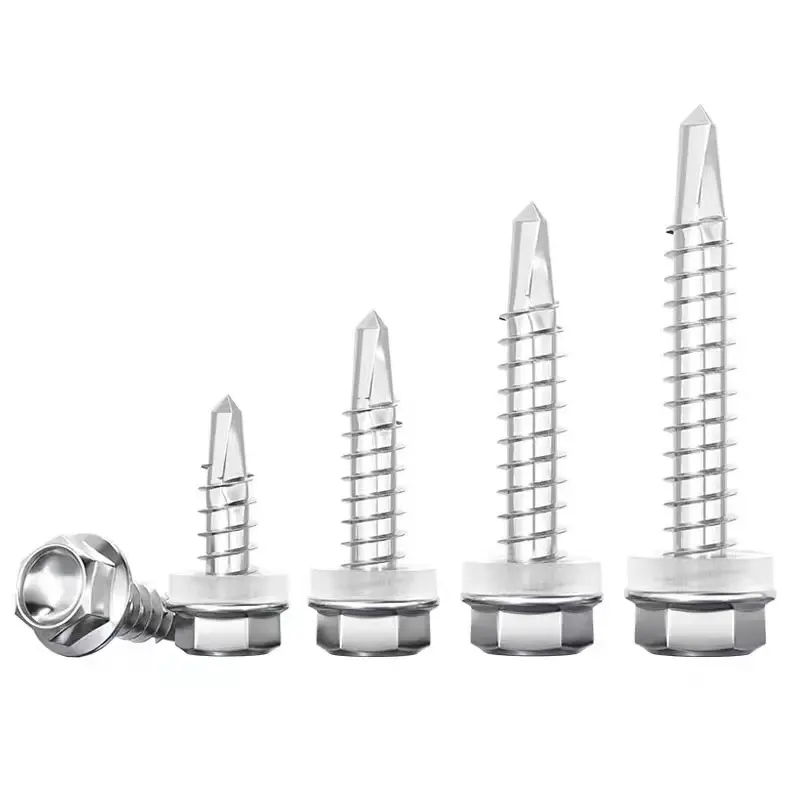

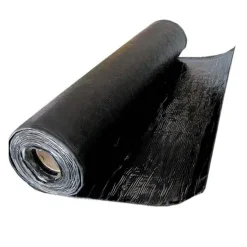
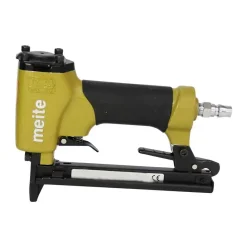
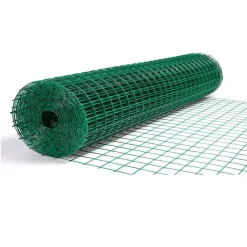

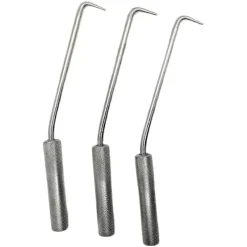

Reviews
There are no reviews yet.